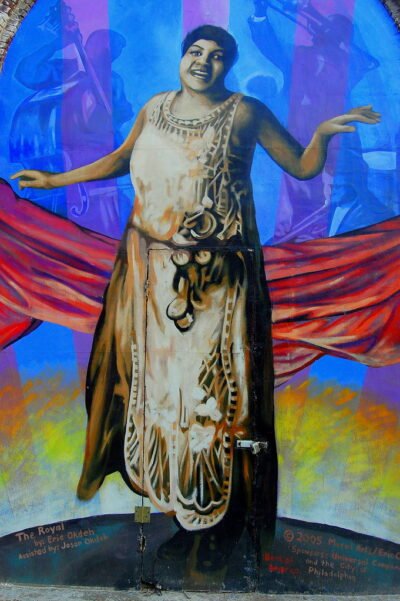We know that society still expects women to protect men’s reputations— especially when those men are climbing the ladder of power. Even if preservi
We know that society still expects women to protect men’s reputations—
especially when those men are climbing the ladder of power.
Even if preserving his image means that women and children are harmed
—or don’t survive at all.
Every so often, single women and girls are pressured—covertly or outright—to date men they are uncomfortable with. This pressure takes on new language with each generation, but the root remains the same: women are expected to override their instincts to protect male feelings.
Today, one version of this pressure sounds like:
-
“Give him a chance.”
-
“Don’t be biphobic.”
-
“Your hesitation is rooted in prejudice.”
What gets left out of these discussions is the most critical truth of all:
Women have the right to say no.
Women have the right to choose.
Women have the right to prioritize their safety—without being shamed for it.
🔄 Same Pressure, New Language
This isn’t new. Historically, women—especially those deemed “unmarriageable” by society—were often encouraged to marry gay men, particularly from the 1920s to the 1950s. These so-called “lavender marriages” were frequently seen as arrangements of mutual convenience.
But there was nothing convenient about what many women endured.
-
They were used to uphold appearances.
-
Their emotional needs were silenced.
-
Their trauma was retroactively blamed on their own “naïveté” or lack of desirability.
If harm occurred—abuse, abandonment, or worse—society delivered post-mortem advice:
“She should’ve known.”
“You can tell he was gay just by looking.”
This isn’t accountability. It’s cruelty disguised as commentary.
🧠 Centering Women’s Safety Is Not Bigotry
Let’s be clear:
Yes, anti-LGBTQ+ bias and violence remain urgent, painful realities.
Yes, queer and bisexual men deserve dignity, safety, and support.
But women’s safety is not the cost of that support.
A woman’s refusal is not a form of hate. It’s a human right.
And asking questions about patterns of violence, secrecy, or harm is not phobia—it’s survival.
📉 The Statistics Speak Clearly
When women express fears about romantic involvement, especially where deception, secrecy, or emotional coercion are involved, they are often shut down with:
“Well, straight men kill women every day.”
“What’s the difference?”
But this framing is dishonest.
Because in far too many cases—across sexual orientations—when romantic control is lost, women and their children pay the ultimate price.
Just like in heterosexual femicide cases, breakups can become fatal—especially when the man’s identity or image is at stake.
And let’s name what’s often missing from these conversations:
When women are murdered by men who once loved them, it is almost always framed as her fault.
-
“Why didn’t she leave sooner?”
-
“How could she not know?”
-
“She should’ve seen the signs.”
🕯️ We Can Learn. We Can Grow. We Can Be Better.
Let’s be careful not to replace one form of coercion with another.
Let’s refuse to shame women for saying no—no matter who’s asking.
Let’s remember that bias and violence can coexist—and that women are still overwhelmingly the victims when violence erupts in the home.
We must hold space for:
-
The dignity of all victims, regardless of who harmed them
-
Community-based safety planning that doesn’t rely on idealism but on reality
-
Support systems that are accessible, affordable, and trauma-informed
We honor every life lost.
We honor the right to safety for all.
And we will not sacrifice one group’s dignity to protect another’s ego.
✊🏽 A Woman’s Choice Is Sacred
Every woman has the right to assess her own risk.
Every woman has the right to trust her own instincts.
Every woman has the right to say no—for any reason.
And none of that makes her cruel, closed-minded, or less loving.
It makes her boundaried. It makes her wise. It makes her free.
